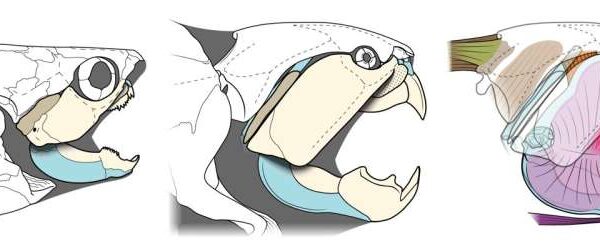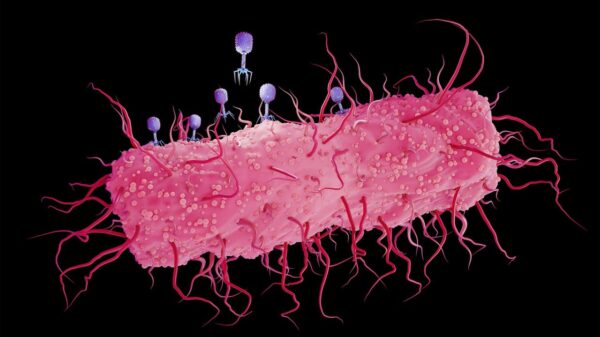Researchers from Case Western Reserve University have made significant strides in understanding the ancient predator Dunkleosteus terrelli, a formidable fish that thrived around 360 million years ago in waters above present-day Cleveland. This apex predator, measuring approximately 14 feet and equipped with unique bone blades instead of teeth, has fascinated scientists and the public since its discovery in the 1860s. The recent study, published in The Anatomical Record, sheds light on the evolutionary significance of Dunkleosteus and its anatomical features, bridging a knowledge gap that has persisted for nearly a century.
Unearthing Ancient Secrets
Previous research on Dunkleosteus focused primarily on its skeletal structure, with the last comprehensive study of its jaw anatomy appearing in 1932. According to Russell Engelman, a graduate student in biology at Case Western Reserve and lead author of the new study, “Most of the work at that time focused on just figuring out how the bones fit back together.” The complexity of arthrodire fossils, often flattened and poorly preserved, has hindered scientific progress.
Advancements in paleontology and the availability of well-preserved fossils from regions like Australia have led to new insights. Engelman noted that while some studies have attempted biomechanical modeling of Dunkleosteus, the team’s research is the first to conduct an extensive anatomical analysis of the fish’s remains.
Surprising Discoveries and Implications
The research team, which included scientists from Australia, Russia, and the United Kingdom, investigated specimens housed at the Cleveland Museum of Natural History. This museum is recognized for having the world’s largest and best-preserved collection of Dunkleosteus fossils. The geological conditions in Cleveland allowed for a remarkable preservation of skeletal remains, making it an ideal site for study.
Among the study’s significant findings were:
- A cartilage-heavy skull: Nearly 50% of Dunkleosteus’ skull was composed of cartilage, including major jaw connections and muscle attachment sites, a detail that was previously underestimated.
- Shark-like jaw muscles: The researchers identified a large bony channel that housed a facial jaw muscle resembling those found in modern sharks and rays.
- An evolutionary oddball: Contrary to its designation as a representative of arthrodires, Dunkleosteus displayed unique characteristics, notably the absence of true teeth, which many of its relatives possessed.
These findings not only enhance our understanding of Dunkleosteus but also provide broader insights into the diversity of arthrodires. Engelman emphasized that the evolutionary adaptations of Dunkleosteus highlight the complexity of these ancient fish, stating, “These discoveries show that arthrodires cannot be thought of as primitive, homogeneous animals, but instead as a highly diverse group that occupied many ecological roles.”
Overall, this research not only revises the narrative surrounding Dunkleosteus but also underscores the importance of revisiting historical specimens with modern techniques. The revelations from this study promise to enrich the field of paleontology and could lead to further discoveries about other prehistoric species.
For more details on the study, refer to “Functional anatomy, jaw mechanisms, and feeding behavior of Dunkleosteus terrelli” in The Anatomical Record (2025).



































































